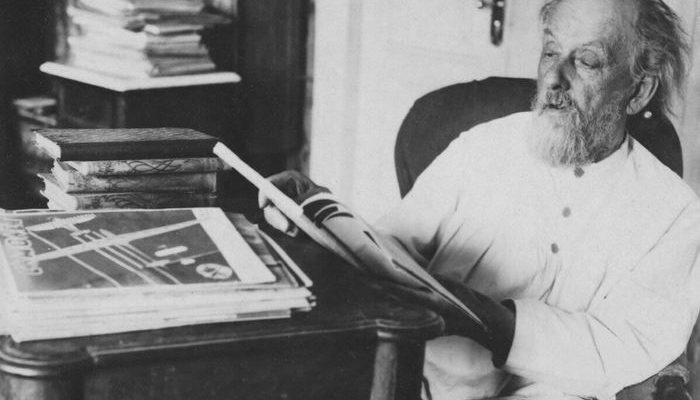In the annals of history, countless names shine brightly, remembered for their significant contributions to humanity’s progress. But what does it take to be among these revered figures, to be labeled an ‘inventor’?
First and foremost, it isn’t just about having a groundbreaking idea; it’s about turning that idea into reality. It requires resilience, perseverance, and an unwavering belief in one’s vision. Inventors are not just dreamers; they are doers, individuals who seek solutions, challenge the status quo, and change our world in myriad ways.
However, not every inventor becomes a household name. Many, despite their profound impact, remain less celebrated. Underrated inventors often walk quietly among us, their inventions seamlessly integrating into our lives, barely causing a ripple in our consciousness. Yet, it’s their creations that often play pivotal roles in driving society forward.
To truly understand the landscape of invention and innovation, we must shift our gaze from the luminaries and focus on these unsung heroes. Their stories are not just about their inventions but also about their unwavering spirit and the challenges they overcame.
10 – Rosalind Franklin (1920-1958): The Unsung Pioneer of DNA
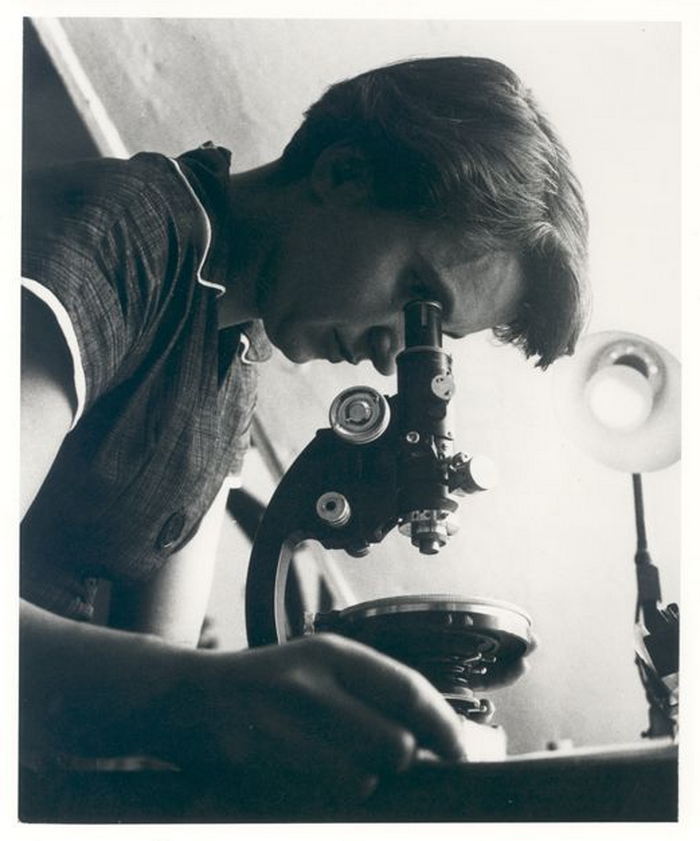
When you think of DNA, you might instantly recall Watson and Crick. But Rosalind Franklin’s role in unveiling the structure of DNA can’t be overstated. An exceptional chemist and X-ray crystallographer, Franklin’s Photograph 51 provided crucial information about the DNA structure. Her work showcased the molecule’s double helix, laying groundwork for Watson and Crick’s later conclusions.
Throughout her career, Franklin also made significant contributions to understanding the molecular structures of RNA, viruses, coal, and graphite. Although often overshadowed by her male counterparts, Franklin’s resilience, determination, and expertise are monumental in the world of biomolecular research. Sadly, she passed away before the Nobel Prize was awarded for the discovery of the DNA structure, and many believe she was overlooked due to biases of the time.
09 – John Snow (1813-1858): The Father of Modern Epidemiology
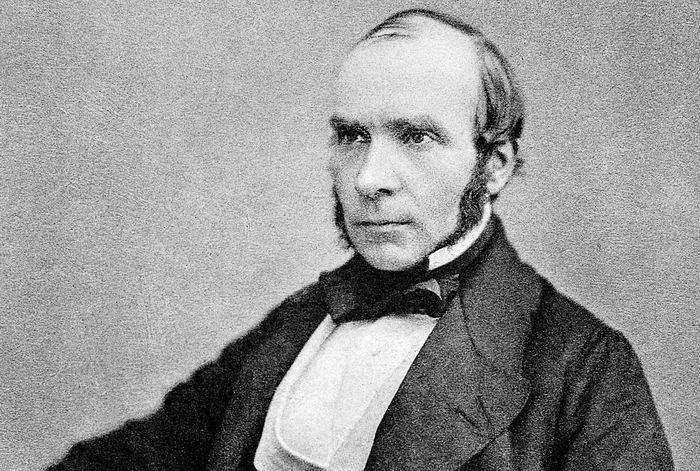
Before John Snow, cholera was believed to spread through “bad air.” In a revolutionary study during the London cholera outbreak in the 1850s, Snow plotted cases on a map and identified a public water pump as the source. By merely removing the pump handle, he effectively halted the spread.
Snow’s approach was pioneering in public health and epidemiology. He introduced the idea that diseases could spread through other means than just air, a concept that was groundbreaking at the time. Even beyond cholera, Snow made vital contributions to anesthesia, developing methods to safely administer ether and chloroform. His meticulous methods, both in disease mapping and anesthesia, made him a foundational figure in medical science, albeit one often left in the shadows of his contemporaries.
08 – Emmy Noether (1882-1935): Mathematics’ Hidden Gem
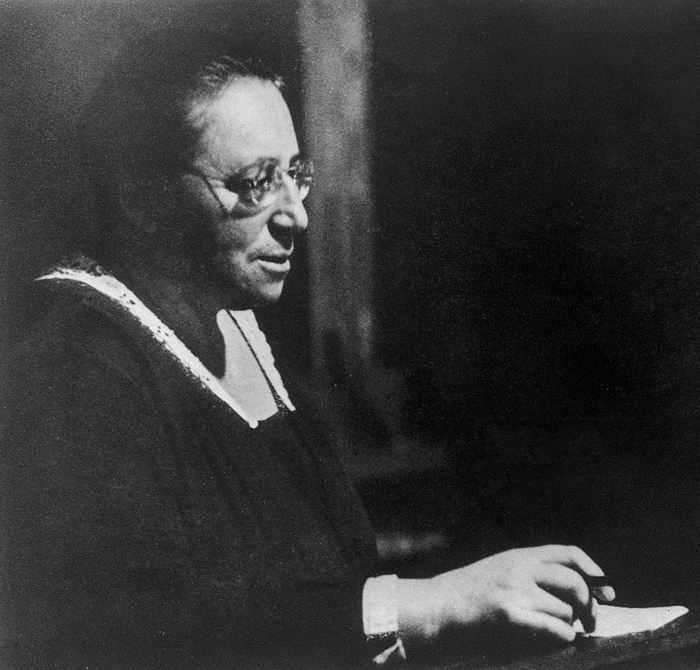
Emmy Noether’s contributions to algebra and theoretical physics were nothing short of groundbreaking. Yet, her name isn’t as widely recognized as it should be. She introduced revolutionary ideas to ring theory and algebra, which became fundamental principles in mathematics. But Noether’s theorem, a fundamental law connecting symmetries in physics to conservation laws, is where her genius truly shines. This theorem has been crucial in modern physics, especially in the study of particle physics and quantum mechanics.
Despite facing significant gender biases, Noether pressed on, teaching and mentoring a new generation of mathematicians. Albert Einstein once remarked she was the most significant female mathematician ever, and her work, both in mathematics and mentoring, certainly supports such praise.
07 – Nettie Stevens (1861-1912): The Visionary Geneticist Behind Chromosomal Sex Determination
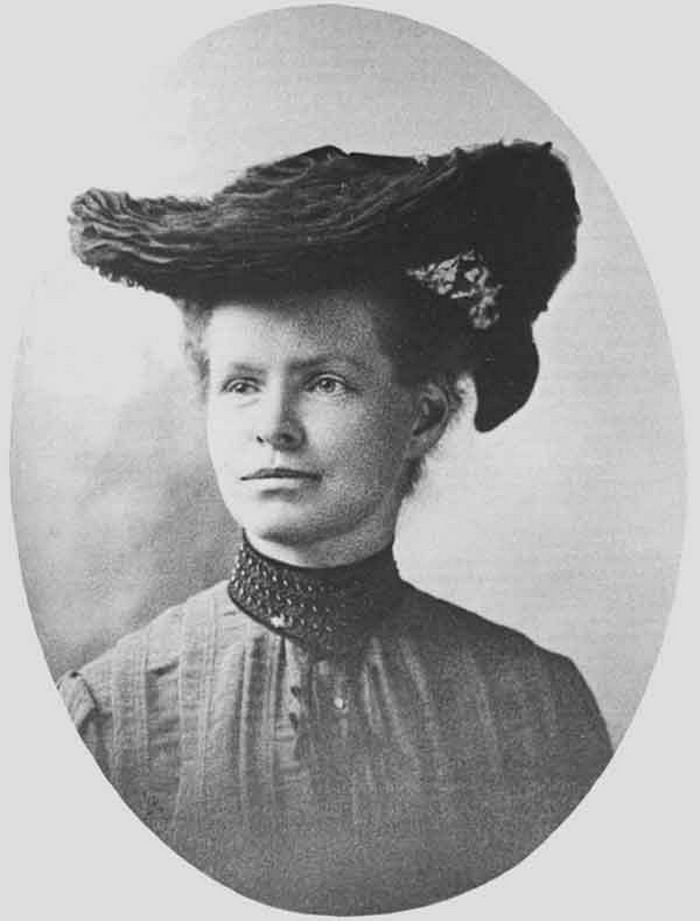
Nettie Stevens is often left in the margins of science textbooks, but her discovery revolutionized our understanding of genetics. It was Stevens who discovered that an organism’s sex is determined by specific chromosomes. Her research pinpointed the X and Y chromosomes as the culprits behind gender determination in many species.
By examining mealworms under the microscope, Stevens observed patterns in chromosomal pairing that led to her groundbreaking theory. Her work laid the foundation for genetic research and understanding genetic disorders. Unfortunately, the accolades for her work often went to her male peers, diminishing the spotlight on her incredible contributions to cellular biology and genetics.
06 – Fritz Haber (1868 – 1934): The Mind That Fed the World, Yet Brought It War
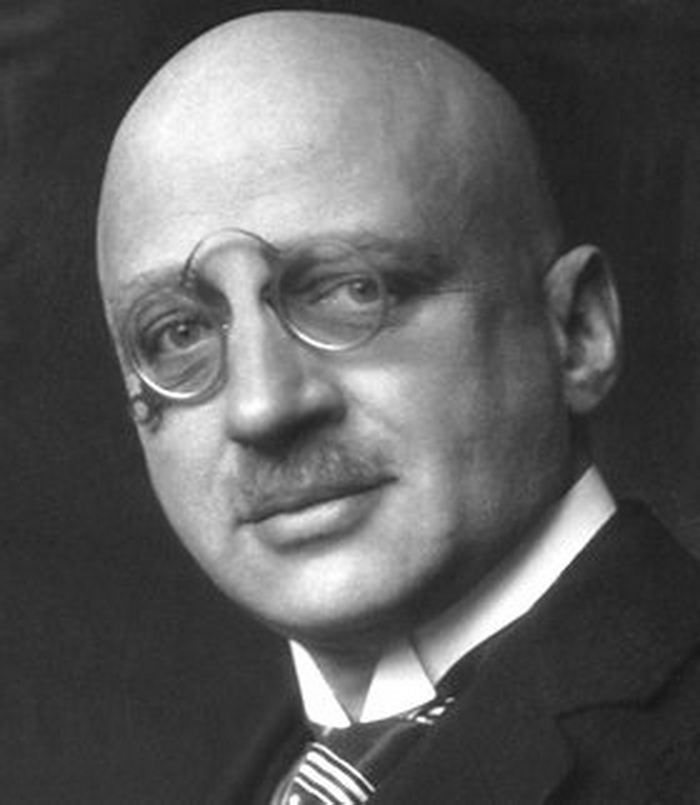
Fritz Haber’s legacy is a complex tapestry of incredible scientific advancements mixed with ethical dilemmas. On one hand, Haber’s development of the Haber-Bosch process, synthesizing ammonia from nitrogen and hydrogen, is considered one of the twentieth century’s most significant technological advances. This process became pivotal for agricultural fertilizers, increasing food production and supporting a booming global population.
However, Haber’s brilliance also took a darker turn. He is infamously known as the “father of chemical warfare” for his role in developing poisonous gases during World War I. The duality of his contributions — nourishing humanity and creating tools of destruction — make his legacy a topic of heated debate in chemical engineering and history circles.
05 – John Bardeen (1908 – 1991): The Only Physicist with Two Nobel Prizes in Physics
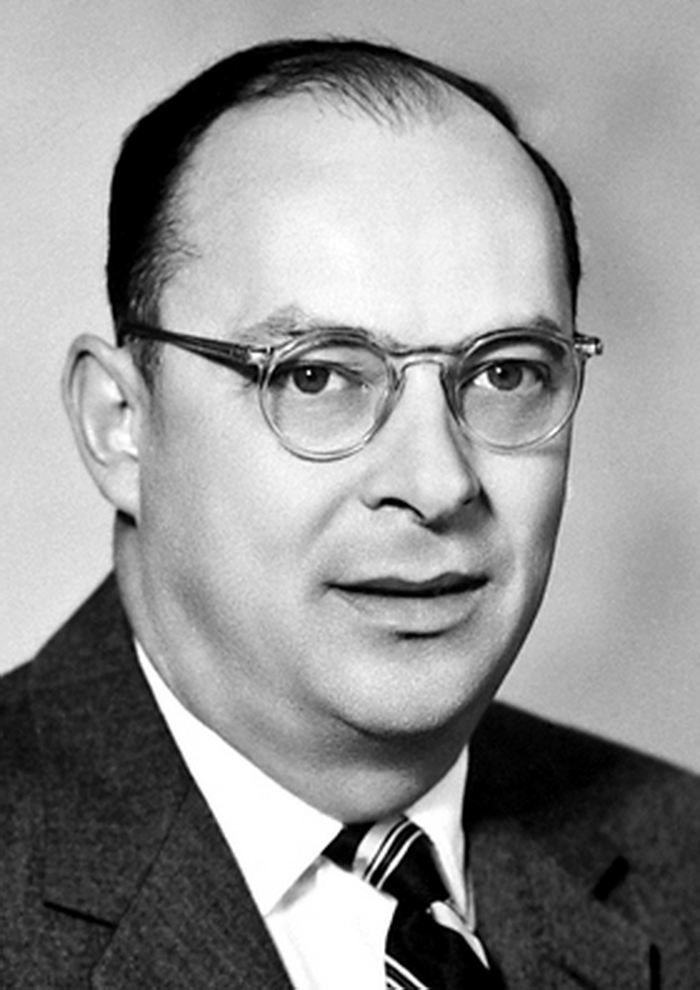
John Bardeen might not be a household name like Einstein or Newton, but his accomplishments are nothing short of extraordinary. He is the only person to have been awarded the Nobel Prize in Physics twice. First, for the invention of the transistor, a device pivotal in the digital revolution and present in nearly all modern electronic gadgets. Later, he was recognized again for his theory of superconductivity, a phenomenon where materials conduct electricity without resistance.
His advancements didn’t just stop at the lab; Bardeen was passionate about translating theory into practice, ensuring his discoveries made a tangible impact on technology and modern electronics. In the realms of condensed matter physics and semiconductor technology, Bardeen’s contributions continue to shape innovations and inspire future generations of scientists.
04 – Leó Szilárd (1898-1964): The Mind Behind the Atomic Age
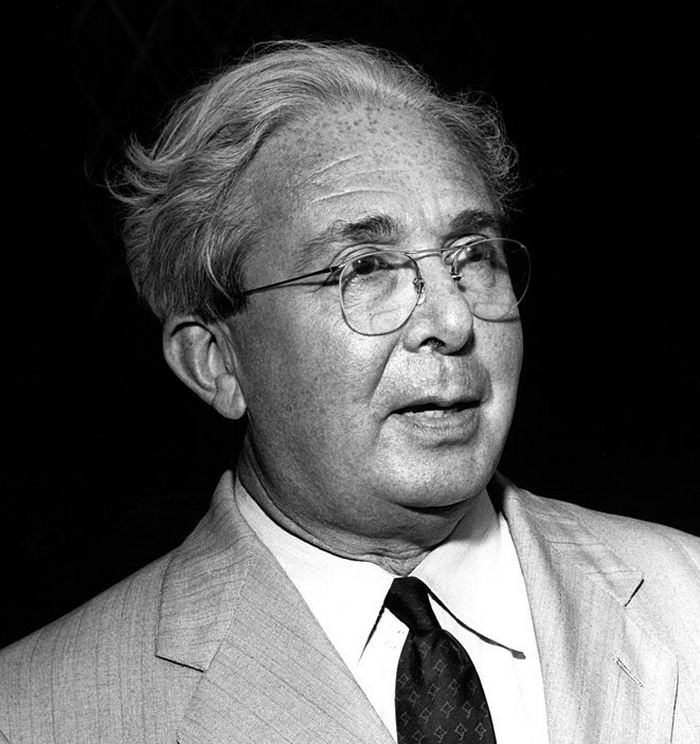
When most people think of nuclear energy, names like Albert Einstein or Robert Oppenheimer might spring to mind. However, the unsung genius behind many foundational concepts of the Atomic Age was Leó Szilárd. Born in Budapest, Szilárd was instrumental in developing the linear accelerator, cyclotron, and later, the nuclear chain reaction — the very principle that underpins the function of nuclear reactors.
But Szilárd wasn’t just about theory. Recognizing the potential military applications of his work, especially during the grim days of World War II, he played a pivotal role in penning the Einstein–Szilárd letter, which urged President Roosevelt to develop the atomic bomb before Nazi Germany could. However, post-war, Szilárd became an advocate for nuclear disarmament and peaceful uses of nuclear energy.
03 – Karl Landsteiner (1868 – 1943): Savior of Millions with the Typing of Blood
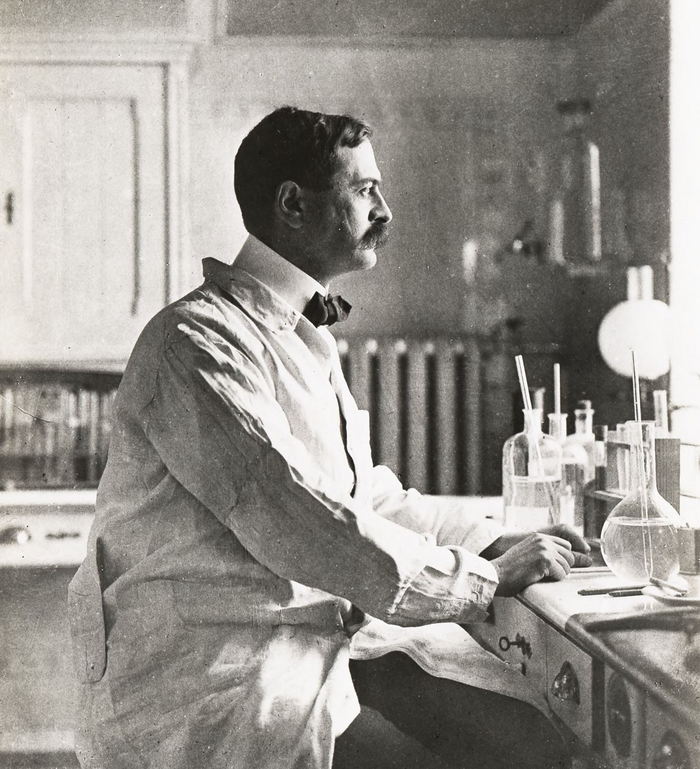
Landsteiner didn’t stop with this landmark discovery. He also identified the Rhesus factor in blood, leading to the categorization of blood as either Rh-positive or Rh-negative. This addition made blood transfusions even safer. His tireless work in immunology and serology revolutionized medical science and solidified his place as a cornerstone in translational medicine.
02 – Annie Jump Cannon (1863-1941): The Astronomical Classifier of the Cosmos
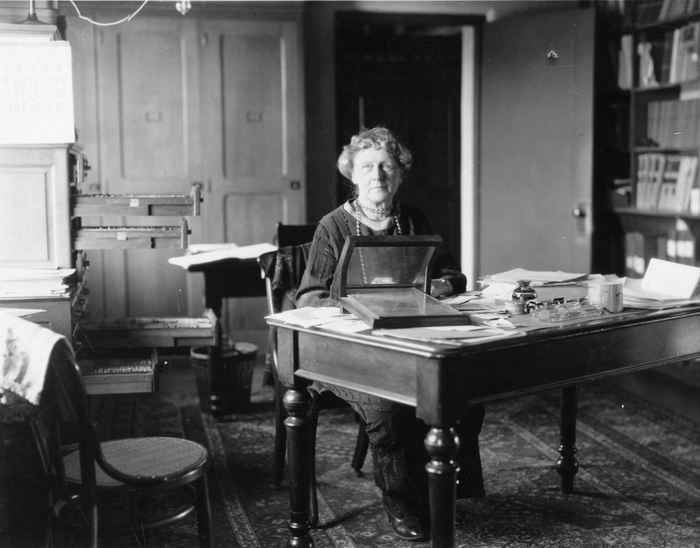
Imagine classifying hundreds of thousands of stars. That’s the legacy of Annie Jump Cannon, an astronomer whose monumental efforts at the Harvard College Observatory led to the creation of the Harvard Classification Scheme – the foundation of modern stellar classification.
Cannon’s prowess lay in her ability to minutely observe spectral lines, leading her to classify stars based on their temperatures. Her system, ‘OBAFGKM’, is still used by astronomers today and is taught to budding astrophysicists all over the world. Cannon’s work wasn’t just academic; it was foundational in understanding the life cycles, evolutions, and deaths of stars. Breaking barriers as a woman in a male-dominated field, her indomitable spirit and passion for the stars made her a beacon for women in STEM fields and astronomy.
01 – Konstantin Tsiolkovsky (1857-1935): The Pioneer of Space Exploration
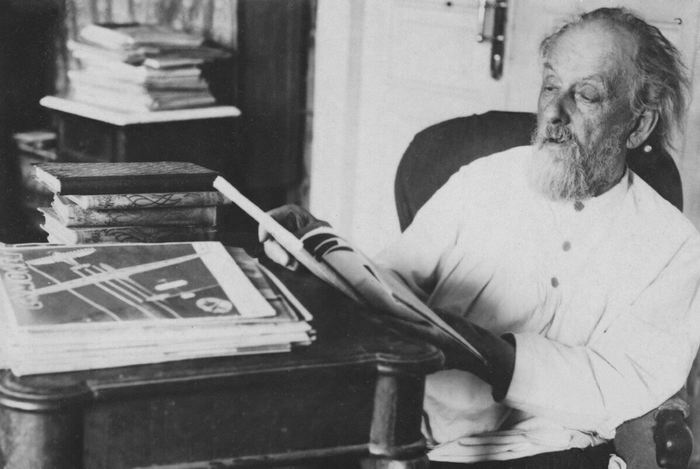
If you’ve ever looked up at the stars and marveled at the achievements of space travel, then you owe a nod to Konstantin Tsiolkovsky. Dubbed the “Father of Astronautics,” this Russian visionary was decades ahead of his time. He is often touted as the man who laid the theoretical groundwork for space exploration, penning concepts and ideas that would one day become fundamental in sending humans beyond Earth’s atmosphere.
Despite being largely self-educated and suffering a hearing impairment from a young age, Tsiolkovsky’s intellect and ambition knew no bounds. His early work on rocket science and space travel detailed concepts such as multi-staged rockets, space elevators, and even airlocks, ideas that seemed outlandish in his time but are now fundamental in modern space exploration.
In 1903, the same year the Wright brothers made their historic first flight, Tsiolkovsky wrote “Exploration of Outer Space by Means of Rocket Devices,” detailing the feasibility of space travel. His understanding of the physics of space, the necessity for life support systems, and the potential challenges astronauts might face was nothing short of prophetic.
While Tsiolkovsky never saw his theories come to life, as he passed away before the dawn of the Space Age, his legacy is undeniably pivotal. Rocket engineers and space enthusiasts around the world owe much to his foundational work. He was a beacon for aspiring rocket scientists and dreamers, proving that sometimes, the boundaries of human achievement are limited only by the confines of our imagination.
The Hidden Foundations of Modern Living
Pause for a moment and think: what invention are you using right now without even realizing its profound importance? Is it a technology? A simple tool? An everyday convenience? Our lives are peppered with countless such inventions that, despite their significance, don’t make it to the limelight.
It’s quite astonishing when you ponder on the concept: What invention does not get enough credit? Consider the zippers holding our clothes, the ergonomic design of our chairs, or the intricate algorithms sorting information on the web. While these might seem mundane compared to, say, the invention of the airplane or the internet, their quiet impact is undeniable. They shape our daily routines, improve our quality of life, and serve as unsung pillars of our modern existence.
The world of invention isn’t just about grandeur; it’s also about these small, consistent steps that have monumental effects over time. By acknowledging and celebrating these overlooked innovations, we pay tribute to the silent architects of our contemporary world.
Trailblazers Without Diplomas: Genius Minds That Didn’t Need The Degree
The world has always been brimming with stories of genius minds. When you think of legendary scientists and innovators, figures like Einstein or Newton might come to mind. These iconic names, however, had the privilege of a formal education. Surprisingly, there’s an ensemble of brilliant underrated scientists and thinkers who have dramatically shaped our understanding, sans the traditional academic accolades.
Take Michael Faraday, for instance. This self-taught British scientist’s immense contributions to electromagnetism and electrochemistry are foundational. His work has paved the way for modern inventions, yet he never stepped foot in a university. His thirst for knowledge was ignited at a bookbinding shop, where he immersed himself in every book he could lay his hands on.
Another captivating tale is that of the eminent Gregory Goodwin Pincus. While he did have some academic background, his most groundbreaking work, the development of the first oral contraceptive pill, was conducted outside the traditional academic realm due to its controversial nature at the time. Today, he’s seldom mentioned in the same breath as other famous scientists still alive. But his invention changed the course of reproductive health forever.
These tales are but glimpses into a vast sea of brilliance, where formal education took a backseat. This isn’t to diminish the importance of formal education. But rather to shine a light on the boundless capacity of human curiosity and perseverance, irrespective of one’s academic background. The takeaway? Passion, tenacity, and an innate love for discovery can rival, if not surpass, the confines of classroom walls.


